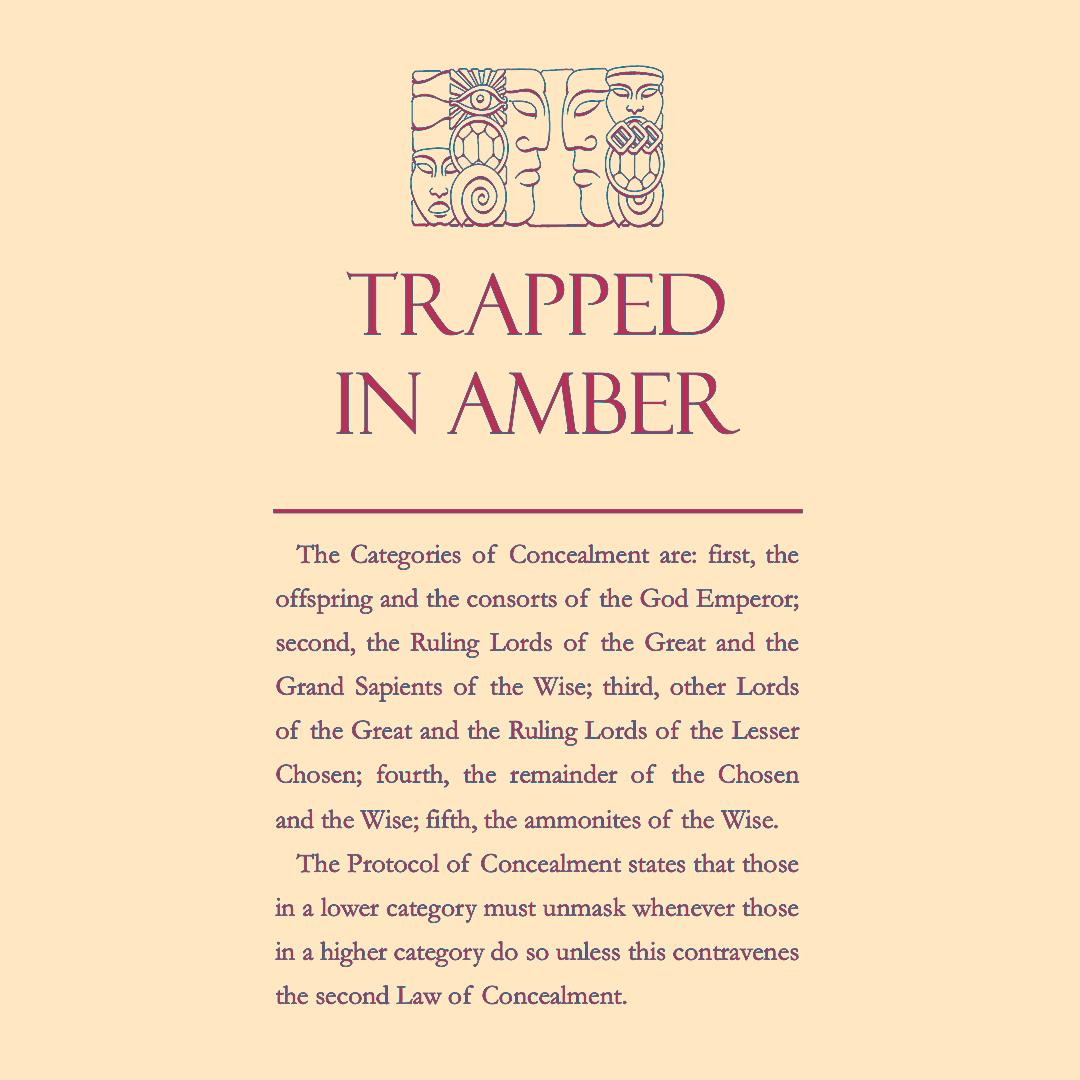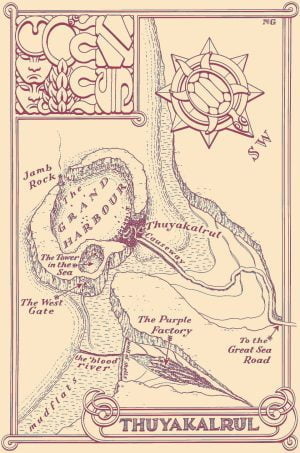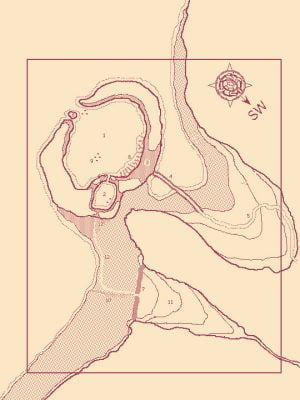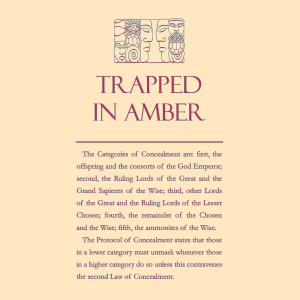Chapter: Trapped in Amber
Information relevant to the 8th chapter of The Masters
sketches and information about barans
A baran—one of the few uses of Quya that has been retained in the text of the Stone Dance—is a type of warship galley as shown in the first page of diagrams
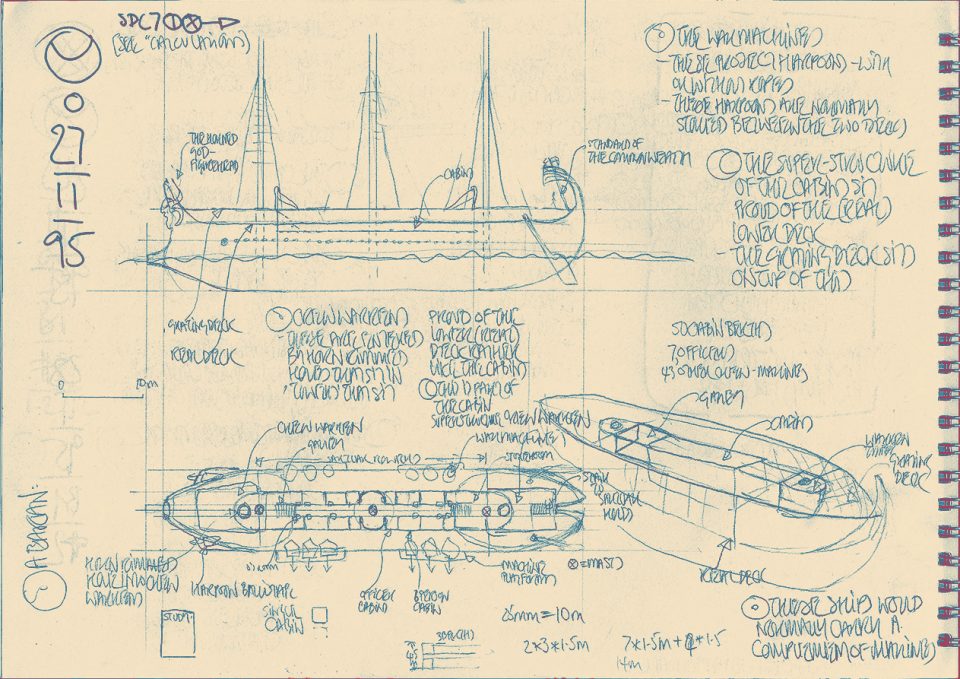
The diagram below shows how I derived this class of ships from a comparison with ancient oared warships—specifically, triremes and quinqueremes. Among other things, this allowed me to deduce speed and handling characteristics
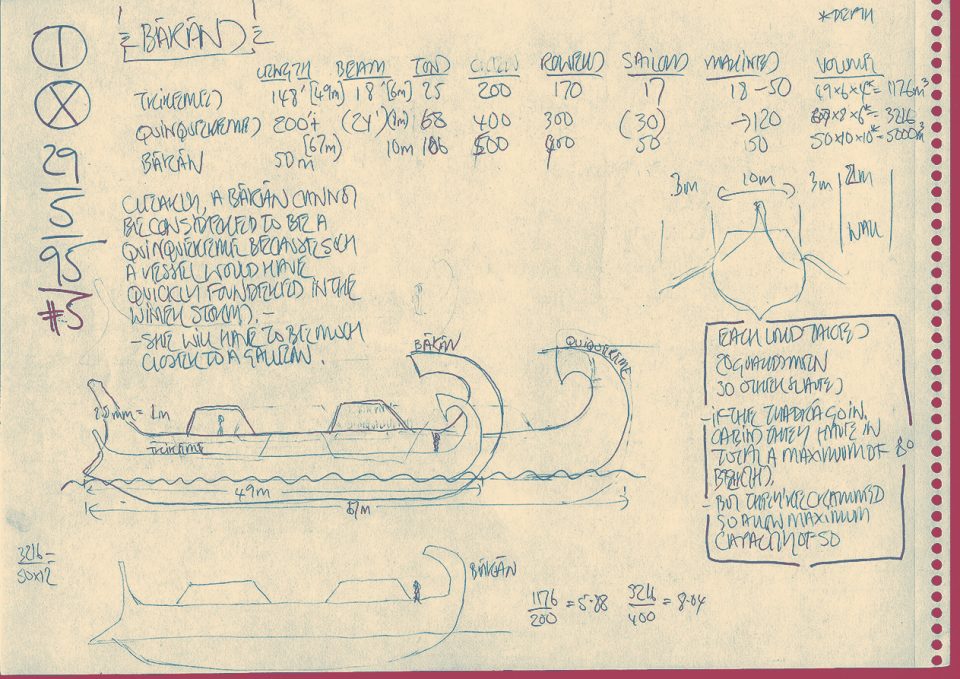
Barans are formed into squadrons attached to one of the three Cities of the Sea of which the greatest, Thuyakalrul, has perhaps a hundred
Each baran has three masts and can also be driven by oars—for which purpose a complement of more than 400 sartlar is permanently maintained in the lower holds. The masts can be ‘shipped’—that is, lowered—to allow the vessel to be manoeuvred into confined spaces
The purpose of the barans is to keep the sea lanes free from pirates, so that the merchants of the Cities of the Sea can obtain the rare and exotic merchandise that the Masters covet and consume
the Naralan
The Naralan is the corridor of land connecting the Guarded Land with the northern sea. Two of the Cities of the Sea lie on the shore of the Naralan. The greatest of these is Thuyakalrul
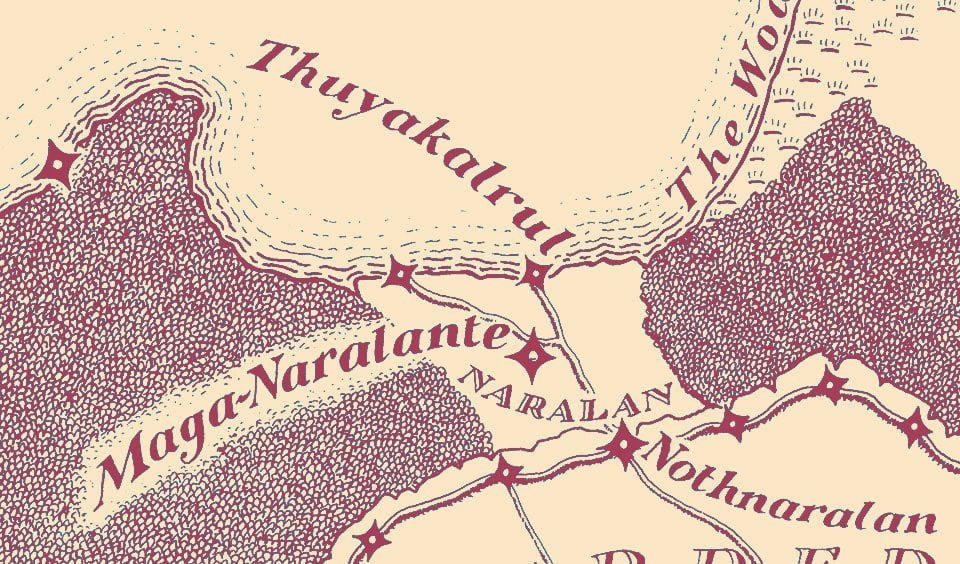
Access to the Guarded Land is up the cliff to Nothnaralan.
[In Quya, Naralan means: “towards the Sea”]
Thuyakalrul
Thuyakalrul is an immense ring of rock lying just off the coast of the Naralan, within which lies a harbour and into which the city of Thuyakalrul is set like a jewel into a ring
From Thuyakalrul, the Great Sea Road crosses a causeway to the mainland on its long journey to the Guarded Land.
Thuyakalrul’s wall contains a hollow harbour, connected to the Grand Harbour, around which is built the Tower in the Sea.
